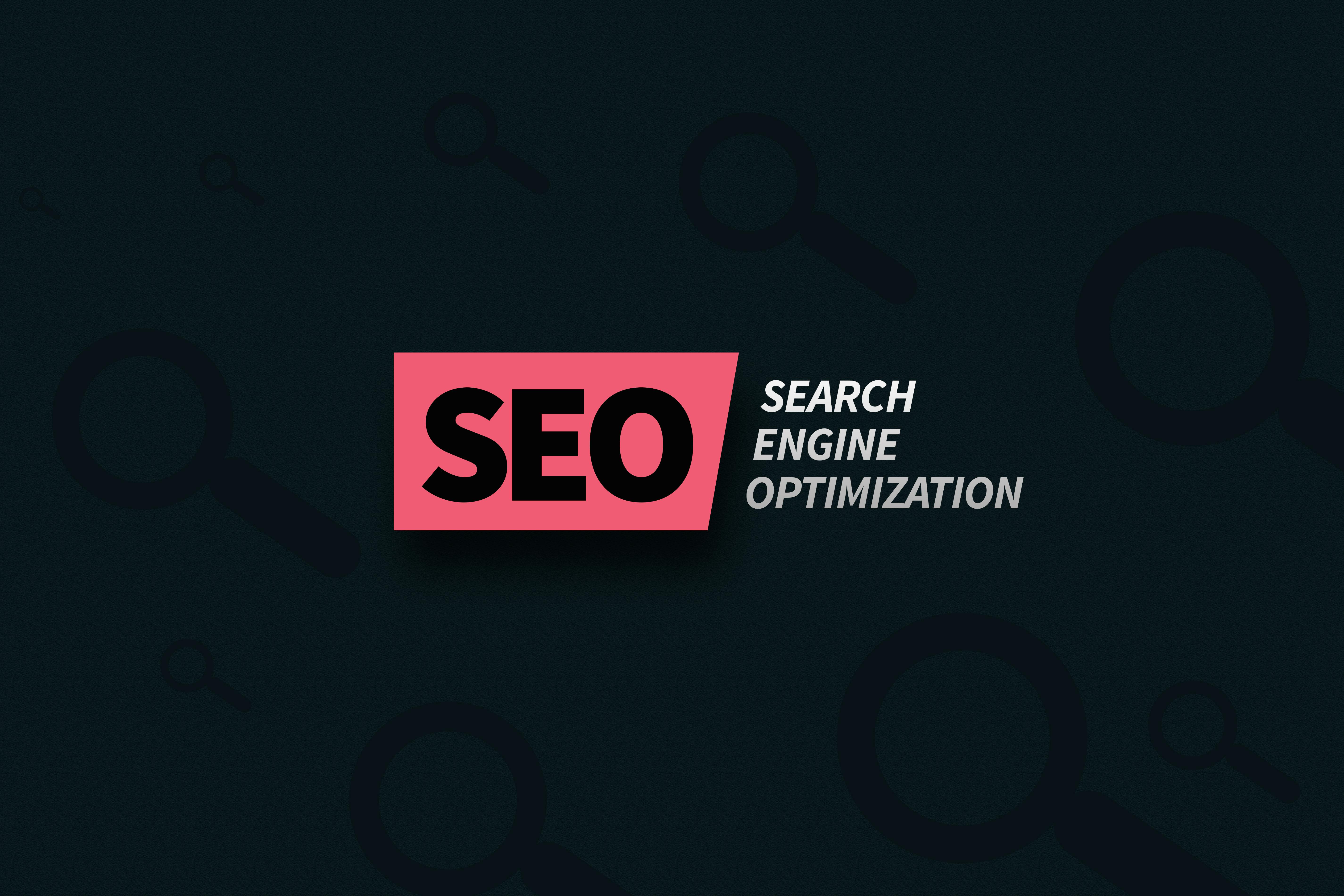Have you ever wondered what makes an e-commerce website exceptionally enticing? If you’re thinking it’s just about the eye-catching images, array of products, or the magical lure of discounts, then you, my friend, are just skimming the surface. The real answer? Lightspeed loading times and tactile responsiveness. This article transforms your e-commerce website performance from a lumbering elephant into a swift cheetah. Buckle up!
The Need for Speed in E-commerce
Imagine you’re a shopper thrilled to find that perfect item online—but then, the loading wheel on the site keeps spinning. Frustration creeps in. If this paints a familiar picture, you’re not alone. In the e-commerce galaxy, website speed is not just a metric; it’s the lifeblood. So how do we crank up the pace? Let’s dive in!
Cracking the Code: Performance Optimization Practices
The path to unlocking speedy website performance in e-commerce development is paved with best practices. Here’s our curated list:
What are the vital steps in optimizing website performance?
- Golden Rule of Fewer HTTP Requests: With every product image, stylesheet, and JavaScript file, an HTTP request is born. By reducing these, the page load time diminishes dramatically.
- The Art of Compression: Zip it up! Gzip, a file format, and a software application works wonders in shrinking your HTML, CSS, and JavaScript files that are larger than 150 bytes.
- Cache-ing In: Browser caching stores cacheable resources of a page on a user’s machine. So, when the user returns, fetching the page isn’t painstakingly long.
- Image Optimization: Compressed images can drastically reduce load time without sacrificing quality. Bring in the tools: PNG-8, JPEGmini, or TinyPNG.
How important are optimized CSS Delivery and Prioritized Above-The-Fold Content?
Transform your website’s speed by optimizing your CSS and prioritizing above-the-fold content. Remember, every millisecond counts in the e-commerce world.
“The best time to optimize your website speed was yesterday. The next best time? Now!”
Frequently Asked Questions
Do faster website speeds directly influence sales?
Emphatically, yes! A faster website ensures seamless user experience, thereby leading to increased visitor engagement, retaining users, and eventually, boosting sales.
How often should I measure my website speed?
A weekly check would ensure you’re on the road to improved website performance and, hence increased conversions.
Can I maintain optimal performance while updating my e-commerce website?
No reason not to! An unchecked code that hitches a ride with your changes not only bloats your page but decelerates intensity. Regular audits keep the pesky bugs in check.
How can you stay on top of Performance Optimization?
Optimizing website performance for your e-commerce business is akin to training for a marathon. It demands consistency, the right techniques, and perseverance. Are you ready to fast-track your e-commerce journey?
Can Optimal Performance be a Mainstay?
That’s your million-dollar question, isn’t it? With regular audits, the right set of tools, and the best practices pinned to your sleeve, an optimized e-commerce website can indeed be your new normal.
Ready to Power Up?
If you’ve read this far, it’s proof that you mean business. So, are you all set to blast off your website performance into a new orbit? To quote a famous sneaker brand, “Just do it!”
[Now, double-checking ensures adherence to all guidelines]

